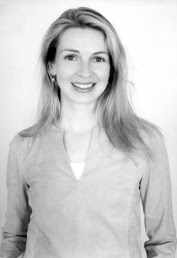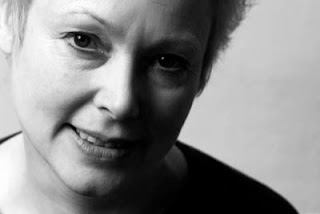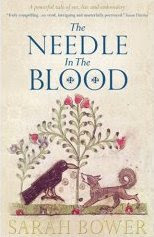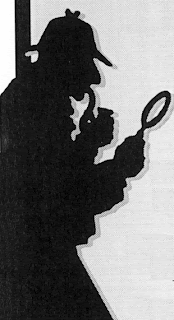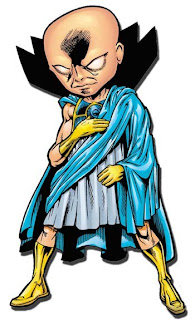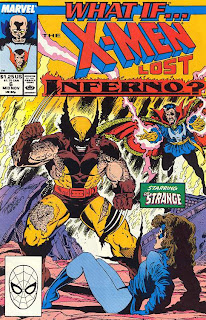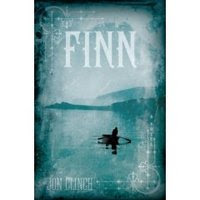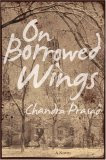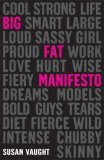Interviewed by
Melissa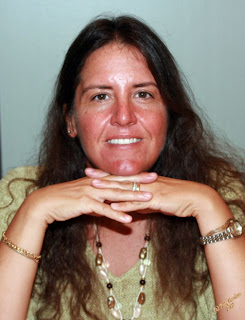
Susan Vaught's latest book,
Big Fat Manifesto, was released on December 26, 2007. You can learn more about Susan and her other books at
her website.
Melissa F.: How did you decide to become a writer? Is it something you've "always" wanted to do?Susan Vaught: I don't know that I consciously decided to become a writer. Writing claimed me. I tried my hand at ballet dancing, painting, and other artistic pursuits, but the two that called me most were music (piano, guitar, singing), and writing. I began compulsively churning out poems when I was very young, and have done so since then. I wrote short stories and novels off and on all through college, always planning to write more seriously, give it a go as a career, "someday." Someday arrived about 7 years ago. I started writing seriously, determined to understand and learn the craft and improve--really move forward. So, yes, it's something I've always wanted to do, and finally structured my life to allow it.
MF: Why did you decide to write Big Fat Manifesto? What audience did you have in mind?SV: Big Fat Manifesto happened because the main character popped into my head and *would not shut up.* I was writing something else, and her smart mouth commented on every little thing. I finally started writing chapters to make her be quiet five minutes so I could get my other book done. Never really happened--Jamie shutting up, I mean. I had to stop everything, everything in my life, and write that book, just to reclaim my own brain. Audience...teens--any teen who likes humor, action, a little romance, and a real look into the truth of being someone else, of being different from average, and refusing to apologize for it. I think any woman, no matter her age, would enjoy Big Fat Manifesto. Young men have enjoyed it, too, thus far, because it makes them laugh a lot.
MF: How do you think readers will react to your book? What do you want them to/hope they will take away from reading it?SV: I figure some will be in love, and others will be offended because Jamie, the main character, is FAT, and doesn't want anyone looking away from that fact--or her, because of that fact. I hope readers will be captured, read it in one sitting, and left thinking and debating about points Jamie raised. I hope they'll take away a deeper understanding of living fat in a thin world, of how it feels to be judged in so many ways every day, and how it feels to love and lose--and love again. I also hope teens, many of whom are having or considering having bariatric surgery, will better understand bariatric surgery, and the courage and pain involved in that choice. I hope they realize it's not a quick fix, or an easy fix, but a very difficult and dangerous, though potentially miraculous, choice--and that it won't be just their body that will change.
MF: Do you feel your past struggles with weight effected writing Big Fat Manifesto? Do you see yourself in any of the characters in this book?SV: Oh, absolutely my struggles had bearing on what I wrote. I have lived Jamie's life for most of mine. I see a little of me in all the characters, and as I noted in my introduction--I wasn't Jamie in high school, but I sure wanted to be. I *dreamed* of having that much courage, that kind of wit. I was more like the softer side of Jamie. The girl who hurt in silence.
MF: How has your work as a neuropsychologist affected your writing, especially this book?SV: My daily work with teens colors every word I write. I've been listening to teens (and adults, too) talk for many, many years. I've ridden the ebb and flow of trauma with them, heard the problems, and I'm always aware of that, and in awe of them and their strength, when I sit down to create a story.
MF: What writers have influenced you the most? SV: I'd have to say writers I aspire to be like with respect to the breadth and depth of their work, not to mention the incredible quality. Isaac Asimov, Ray Bradbury, Robert Bloch, Philip Pullman, Susan Cooper, Orson Scott Card, Octavia Butler, Marion Zimmer Bradley, Stephen King, George R. R. Martin, Anne Rice--that's just a handful. Sylvia Plath, Louisa May
Alcott, Daphne Du Maurier--this list could be endless. One other to include, too, is Corrie Ten Boom. The Hiding Place is a book a reread every few years (one of the few I do). The combination of her raw, natural voice, her storytelling, and the intensity of the truths in that book never really leave me, and set a standard I can only hope to shoot toward. They all do, really.
MF: Where do you find inspiration for your stories? SV: I find inspiration EVERYWHERE. Random ideas, things I see at work or home, dreams, even typos and sentence fragments that set off a thought. Most recently my editor made a joke that became a proposal that's being taken to acquisitions now--it could come from anywhere.
MF: Which is more difficult writing or re-writing? How much rewriting do you do? Does anyone else read your drafts before your editor/publisher?SV: Rewriting is definitely the killer. Augh. Hate it! Hate it! Thankfully, I don't have to do much. I've got one piece I'm on a third revision for, but that's rare, or I'd lose my mind. I have a very solid and helpful critique group that provides invaluable challenges as I proceed. If I'm insecure about a piece, my agent will also look at it, which is a blessing.
MF: Do you have a favorite place to write? Any writing "rituals"? SV: I have a writing cabin I created just for myself--a little oasis of peace that's bright and full of research books. It has a couch and beanbags and a desk and chair, and it's in the middle of our gardens. I love it. If I'm in an odd mood, I might write anywhere on the farm, or upstairs, or in my recliner in the corner in the living room. Ritual-wise, I have taken to doing copyedits at Starbucks. I bribe myself with another delicious coffee drink every 100 pages or so. It
works!
MF: Do you read a lot? What's your favorite book or author? What are you currently reading?SV: I read a LOT. All the time. Right now my favorites would have to be the Harry Potter Series and Lord of the Rings, and Marion Zimmer Bradley's Darkover books. George R.R. Martin's Fire and Ice series has me deeply obsessed as well. Currently I'm reading Orson Scott Card's Alvin Maker books, because somehow I missed that series while I was in high school and college.
MF: Who, or what, inspires you?SV: My family inspires me, and my critique partners. My agent, my editor, my publicist--really, all the folks at Bloomsbury who are so supportive of me. My many pets inspire me. Across my life, I'd have to say the two most inspiring people were my maternal grandmother, whom I lost about 2 years ago (she was 96), and my son JB, who succeeds in life despite many obstacles.
MF: If you don't mind telling us, what can we look forward to from you next?SV: I have many, many pieces on deck right now! The next few will probably be Oathbreaker, a tense fantasy I'm cowriting with my son JB about a young man forced into training as an assassin, then Exposed, a contemporary piece about a teen's foray into internet relationships and pornography, and Dead Draw, a mystery-suspense piece I'm co-writing with Christine Taylor-Butler, about a group of friends torn apart by a rape accusation.
MF: Thanks so much for your time!!!SV: You're very welcome!
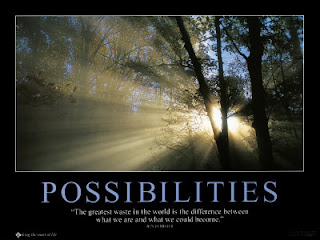 Pardon the cheesy graphic to my left. I absolutely could not contain myself.
Pardon the cheesy graphic to my left. I absolutely could not contain myself.
